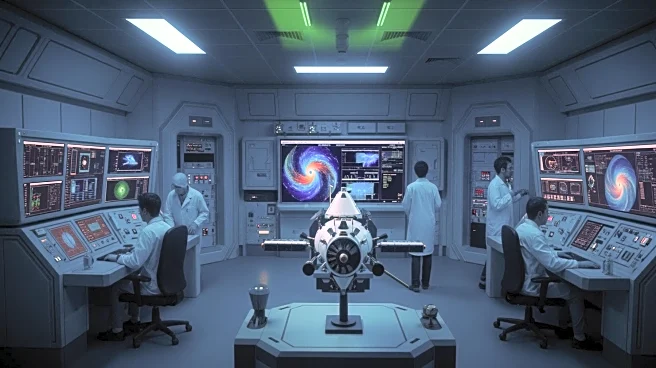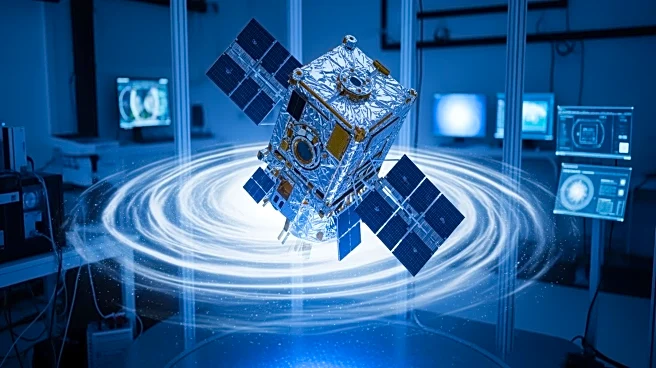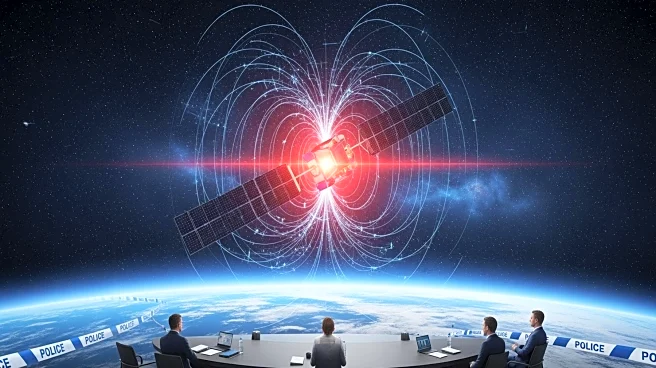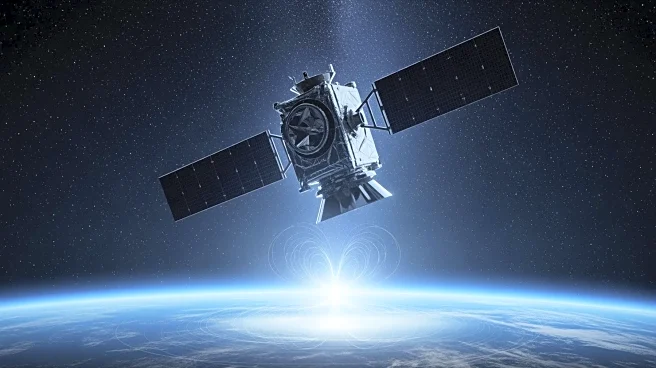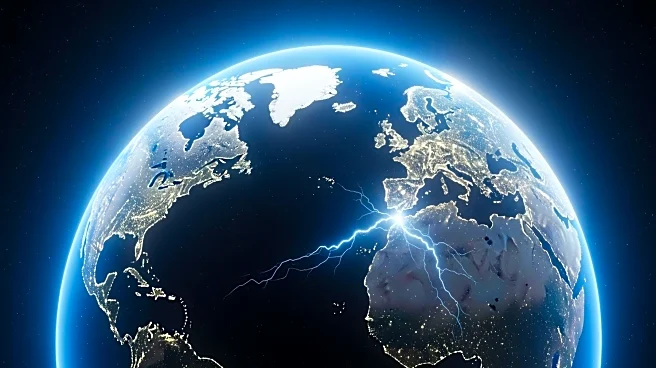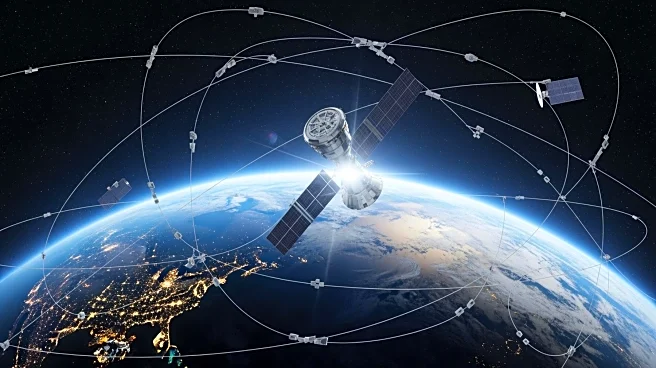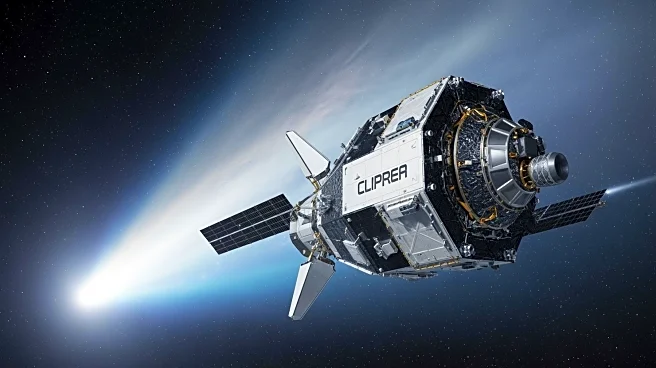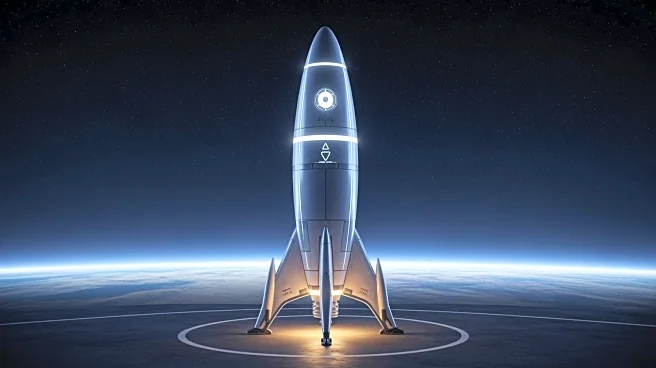What's Happening?
The European Space Agency (ESA) conducted a simulation of a catastrophic solar storm to evaluate the potential impact on spacecraft operations. The exercise, held at ESA's mission control center in Germany,
simulated conditions similar to the 1859 Carrington Event, the most powerful geomagnetic storm recorded. The simulation involved a series of solar phenomena, including X-class solar flares and coronal mass ejections, which could disrupt satellite communications and increase atmospheric drag. The goal was to test preparedness and response strategies for such extreme space weather events.
Why It's Important?
The simulation highlights the vulnerability of satellites and space infrastructure to solar storms, which can cause significant disruptions to communications, navigation, and power systems. Understanding these risks is crucial for developing mitigation strategies and ensuring the resilience of space operations. The exercise serves as a reminder of the potential real-world impacts of space weather on technology-dependent societies, emphasizing the need for international collaboration in space weather forecasting and response planning.
What's Next?
ESA plans to use insights from the simulation to enhance its space weather preparedness and improve satellite protection measures. The agency will continue to monitor solar activity and collaborate with international partners to develop comprehensive response strategies. Future missions, such as Sentinel-1D, will incorporate lessons learned to better withstand solar storm impacts.
